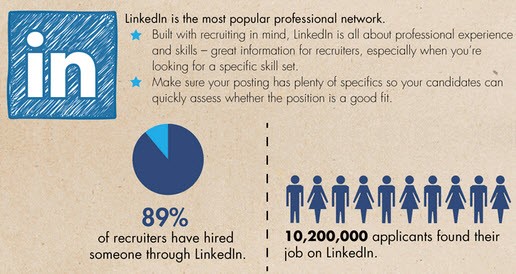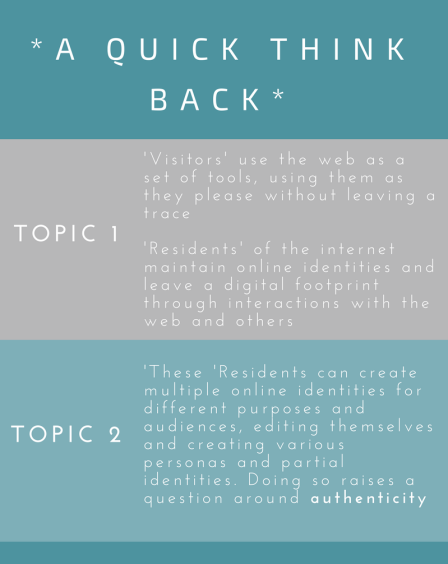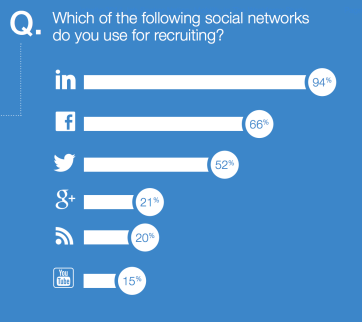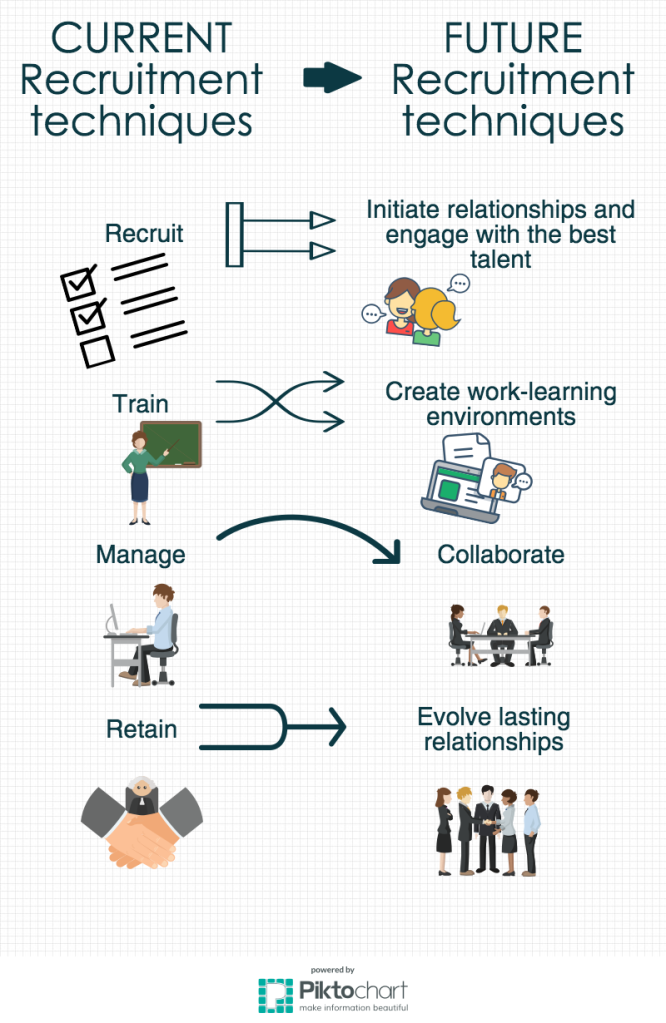
How can you create an authentic online professional profile?
In last week’s discussion I mentioned how some people choose to portray different identities online, often to separate social and professional life. A lot can go wrong without a professional profile, as seen with the infamous Justine Sacco (Ronson, 2015). A recent Jobvite survey suggested that 73% of employers had uses social media to hire employees (Jobvite, 2014).
So how can you create an authentic, professional profile?
Use LinkedIn!
The most obvious starting point has to be LinkedIn.
Continue reading →

















